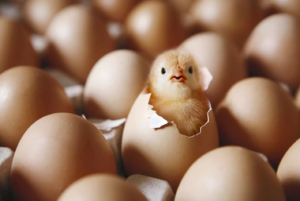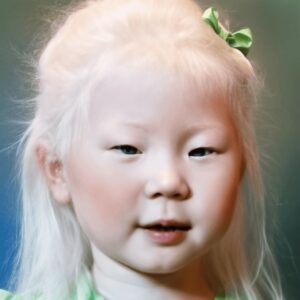After eggs-ploring all the options, scientists may’ve cracked it
Was it the egg first or the chicken? Scientists have now hatched a new theory on this age-old debate.
Before adult worries like taxes and electricity bills took over, some of life’s biggest questions were simple: What’s for dinner? When’s my next playdate? And, of course, which came first—the chicken or the egg?
A research team from the UK’s University of Bristol’s School of Earth Sciences decided to tackle this age-old conundrum once and for all.
Some believe eggs came first, laid by the dinosaur ancestors of today’s chickens. Others argue that a chicken miraculously appeared and then laid the first egg.
In a study published in Nature Ecology & Evolution, scientists examined 51 fossil species and 29 living species, sorting them into two categories: oviparous (egg-layers) and viviparous (live-birthers like humans).
Interestingly, the study revealed that the early reptilian ancestors of chickens were viviparous—they gave birth to live young rather than laying eggs.
Although both the Bristol and Nanjing University teams acknowledged that hard-shelled eggs were a significant evolutionary leap, this discovery sheds new light on the origins of chickens and their ancient relatives.

The team explained the research implies extended embryo retention (when the mother retains their young before birthing) was the ultimate protection for this group of animals in particular – so basically, way back then, birthing a live chicken was safer than laying an egg.
And in far more science-y terms than that, Professor Michael Benton, from the University of Bristol, said: “Before the amniotes, the first tetrapods to evolve limbs from fishy fins were broadly amphibious in habits.
“They had to live in or near water to feed and breed, as in modern amphibians such as frogs and salamanders.
“When the amniotes came on the scene 320 million years ago, they were able to break away from the water by evolving waterproof skin and other ways to control water loss. But the amniotic egg was the key.”

He added: “Our work, and that of many others in recent years, has consigned the classic ‘reptile egg’ model of the textbooks to the wastebasket.”
And project leader Professor Baoyu Jiang said: “This standard view has been challenged. Biologists had noticed many lizards and snakes display flexible reproductive strategy across oviparity and viviparity.
“Sometimes, closely related species show both behaviors, and it turns out that live-bearing lizards can flip back to laying eggs much more easily than had been assumed.”
So it seems the debate could be cracked after all – or at least chipped – with the scientists hatching a new theory it could be the chicken that came first.




